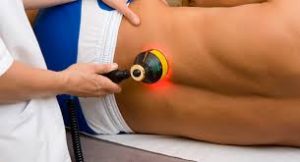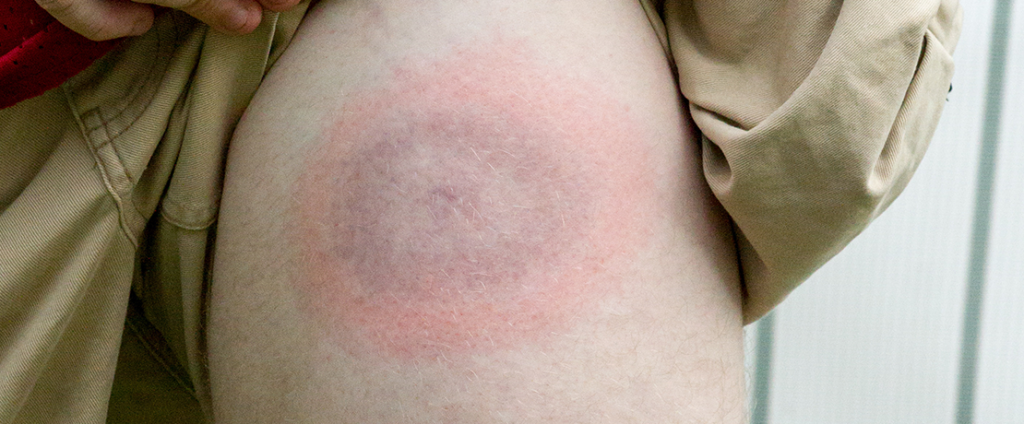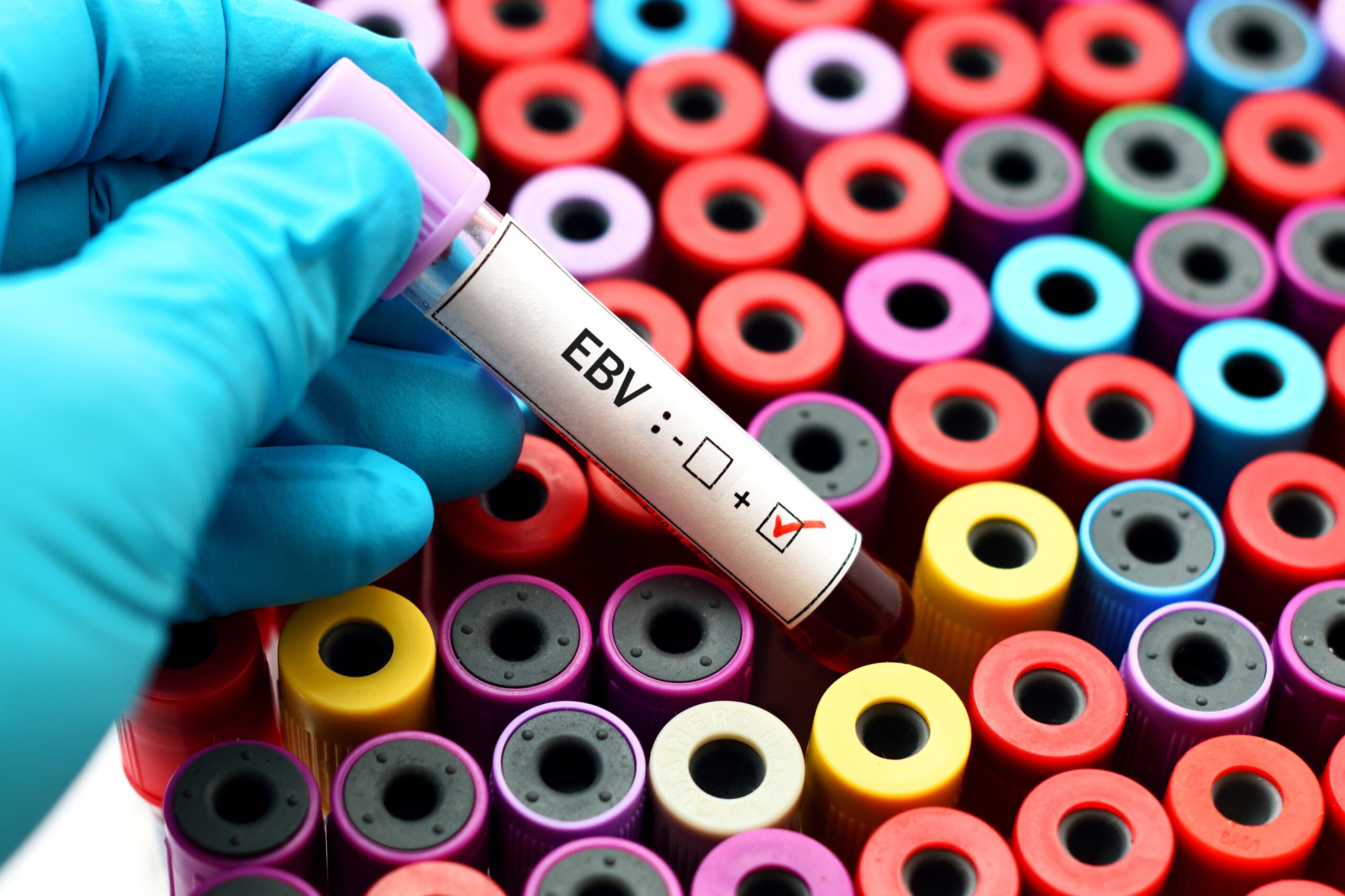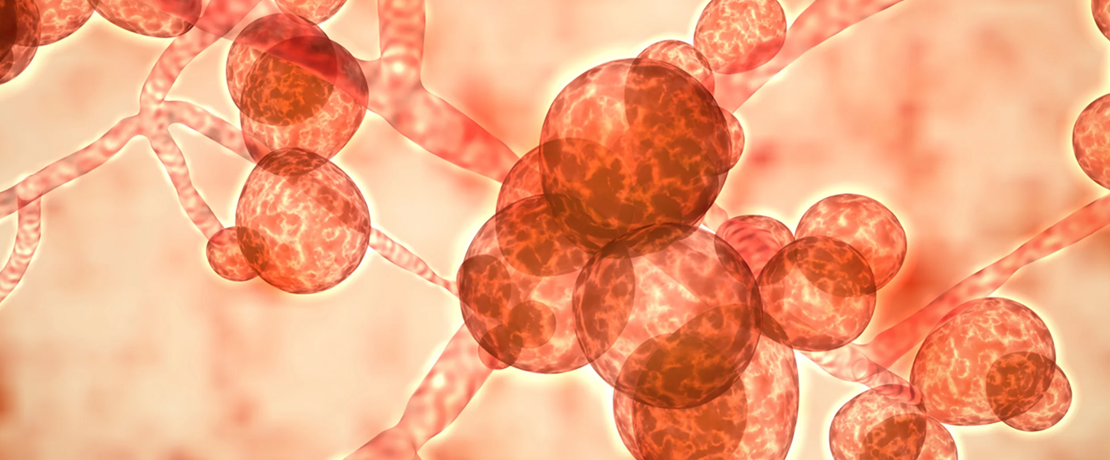Do rays of light offer hope to individuals suffering from conditions like Lyme disease?

As a doctor who sees patients with a chronic, complex disease on a daily basis, I see regularly patients who have been told that they have Lyme disease. I must start by saying that I believe the term Lyme disease is a poor term. First of all, as I am sure most of the citizens of the quaint Connecticut town of Lyme would agree, Lyme is merely the name of the town where in the early 1970’s an epidemic of arthritis, body aches, fever and skin rash was determined to be due to infection with a strain of spirochete later named Borrelia burgdorferi. Today we know that chronic disease symptoms caused by many different strains of spirochetes (screw-shaped bacteria) and other germs occur all over the world and have for decades if not centuries. I prefer to use the term stealth infection to describe generally the condition whereby a difficult to diagnose (and eradicate) persistent microbe is contributing to the existence of chronic symptoms of disease in the patients that I treat.
New tests are identifying the unique DNA and RNA of infection-causing microbes that were difficult to diagnose in the past.
Thanks to the development of new microbiology diagnostic tests (such as PCR testing), we are now better able to demonstrate the presence of DNA or RNA strands that are unique to specific strains of harmful microbes also known as pathogens. These tests are only now just beginning to make their way into clinical practice in order to make the diagnosis of stealth infection. Stealth pathogens may include bacteria, viruses, yeasts, molds, and even parasites. Many stealth infection pathogens are very difficult, if not impossible to culture in a lab and have therefore been able to elude diagnosis. Up until now, these infections have sometimes been identified by using various immune system tests also referred to as serologic tests. There are problems with serologic tests when the infection is not caused by the exact strain of pathogen as the test is made for (serologic type) or if the patient’s immune system is incapable of reacting normally to the pathogen. This may occur more often than widely believed. This can result in false-negative results.
So what does this all have to do with the title of my post? It actually has a double meaning. Clearly, I want to “shine a light on Lyme disease” to make the general condition of stealth infection better understood by my readers, but the main reason for the article is to introduce the concept of using light as a therapy to treat stealth infection. Light, as from the sun, actually has an extremely important role to play in the beneficial treatment of many different stealth infections. Light is made up of light waves containing photons. Different light waves have different frequencies of vibration which we know as color. Sunlight contains all the wavelengths of light including both those visible and invisible to our eyes.
Man-made antibiotics have their limitations.
Man-made antibiotics have a number of drawbacks when used to treat stealth infections. Light therapy has several advantages over the use of antibiotics in a number of circumstances. There appears to be much less damage to our normal intestinal bacteria known as the microbiome. Light does not put foreign chemicals into the body which must be eliminated by our body’s mechanisms of detoxification. Light is generally less expensive to produce than antibiotics. Light seems to have a much less likely tendency to cause allergic or toxic effects when used in appropriate dosage. Stealth pathogens do not develop resistance to light in the same way that they develop resistance to antibiotics. Antibiotic resistance is a big problem nowadays leading to the development of “superbugs” such as MRSA.
Light therapy also known as PhotoBioModulation therapy or PBMT has been extensively researched and used for decades to treat a wide range of diseases.
Various wavelengths of light have been studied in the treatment of various medical conditions since the 1800’s if not before. In fact the beneficial effects of the sun on health has been known since ancient times. One of the early pioneers of light treatment, Niels Ryberg Finsen, was awarded the Nobel Prize in Medicine in 1903 for his work “in recognition of his contribution to the treatment of diseases, especially lupus vulgaris, with concentrated light radiation, whereby he has opened a new avenue for medical science”. (Quote from the Nobel Foundation) Lupus vulgaris has been shown to be caused by a persistent infection by the tuberculosis pathogen.
Various light devices have been used especially in the 1930s, 40s, and 50’s to treat a number of conditions including a number of cancers and infections even in the United States. With the advent of antibiotics and vaccines in the 1940s and ’50s in the United States and Canada, light therapy quickly fell out of favor although it continued to be actively used in Eastern Europe and Russia. Today light therapy also known as PhotoBioModulation therapy is making a comeback.
Several colors of light have demonstrated beneficial effects in the treatment of injury and disease.
Ultraviolet light (UVL) is capable of damaging the DNA of stealth pathogens like viruses and bacteria. In fact, UVL is used to sterilize or sanitize operating rooms and hot tubs. Although UVL can also result in damage to the cells of the human body, our cells are much more capable of repairing damage caused by UVL than the pathogens are which is the reason that it can be effective as a form of treatment. This is similar to the ability of cancer chemotherapy to kill cancer cells more readily than the body’s normal cells.
Other wavelengths/colors of light interact with receptors in our cells to induce beneficial changes much in the way that light is absorbed by plant leaves to produce sugars in a process known as photosynthesis. The mitochondria, the powerhouses of the cells, have proteins known as cytochromes that absorb photons of red or near-infrared light causing activation. This process leads to a number of direct and indirect effects that result in the production of mitochondrial energy (ATP), cellular recovery and repair, increase in the number of circulating stem cells, reduction of harmful free radicals, reduction of harmful inflammation, and beneficial modulation of the immune system. The role of red and near-infrared light in the treatment of sports injuries and other forms of tissue injury has been extensively studied. New evidence is emerging that is showing that these same wavelengths of light can assist in the recovery of inflammation and tissue injury caused by stealth infection.
Other wavelengths of light have other beneficial effects on our cells and tissues. Green light has been shown to have an anti-oxidant effect and a beneficial effect on red blood cell flow in our microcirculation.
At Forum Health Austin I have recently introduced treatments with the Thor Low Level Laser device. This device which is FDA approved for use in humans was developed in the United Kingdom and has been studied for use in multiple conditions in humans and animals. It is used often in veterinary medicine as well as orthopedic and sports medicine. A number of studies have been performed by researchers at Harvard. In my clinic, we are using it for its known beneficial effects to restore cellular energy, modulate inflammation, reduce pain, and to speed up tissue repair and regeneration from a wide assortment of injuries including those caused by stealth pathogens. The FDA has not approved light therapy including the Thor device for the treatment of any infectious disease including Lyme.
About Wally Taylor MD
Wally Taylor MD
Dr. Taylor practices integrative medicine at Forum Health Austin in Austin, Texas. After obtaining a general medical doctorate degree from the University of Texas Southwestern Medical School in Dallas he completed a general medical internship and residency training in head and neck surgery ENT and allergy. After 20 years of service in the US Army Medical Corps and practice in Colorado and Texas, he founded Texas Integrative now Forum Health Austin where he now offers a functional holistic approach to disease which treats the entire individual instead of each separate symptom. He has found more satisfying results using this Systems BioIndividualized approach.
His motto is “Health and Wellness from Head to Toe”









